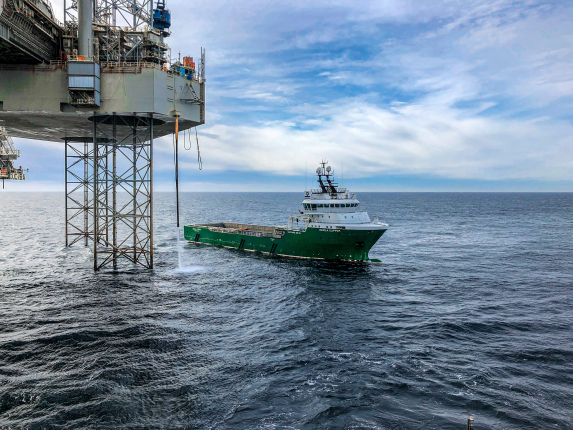INTRODUCTION

The vessel makes several unplanned changes in speed and position, which result in an increase of 36% in fuel costs. These deviations also impact subsequent operations and pose safety challenges, the extent of which is difficult to quantify.
Offshore supply vessels (OSVs) play a vital role in supporting offshore oil and gas operations by transporting equipment, personnel, and supplies. Timely and safe operation of these vessels is essential for the success of offshore activities. However, this case study delves into an incident where an OSV encountered an unexpected one-hour delay upon its return to port. What makes this case particularly intriguing is the concealed sequence of events occurring between ports, unknown to the shore-based management team, which forms the focal point of this discussion.
BACKGROUND
The OSV in question had the designated purpose of delivering logistical support to a network of FPSOs. The voyage from the port to the offshore field took approximately 20 hours. A detailed route and timetable were developed to maximize fuel efficiency, safety, and compliance with maritime regulations. This plan was designed and endorsed through collaboration between the shore-based logistics team and their counterparts in the field of FPSO logistics. This collaborative effort ensured that the plan took into consideration offshore operations and FPSO availability. Furthermore, it ensured that the plan adhered to the concept of Simultaneous Operations (SIMOPS) within the field, with route adjustments made to account for planned seismic activity in the area.

